Scuba diver exploring the underwater cenotes near Puerto Aventuras, Mexico
© Extreme Photographer/Getty Image
Underwater underground. Cenote near Puerto Aventuras, Mexico
Like a giant block of Swiss cheese, Mexico's Yucatán Peninsula is riddled with holes called cenotes. Cenotes form when subterranean limestone dissolves, allowing underground water to penetrate. The rock above may cave in, forming a sinkhole that reveals the cool, often crystal-clear water. Other cenotes may remain below the surface, hidden and often unexplored. Cenotes vary in size from very small to several dozen yards across, and recent discoveries have shown that some cenotes lead to a series of underground cave systems that can span several miles in length.
In a region with little rainfall and no aboveground rivers or streams, the Yucatán's thousands of cenotes were vital to the many cities of the Maya civilization that used them as a primary source of fresh water. While some of the peninsula's cenotes have a mix of salt water and fresh water, many of the holes have remarkably clean fresh water that has slowly filtered through rock. The diffuse light that reaches into the underground chambers creates a magical effect that only enhances the fantastic swimming and diving. Many of the larger cenotes feature platforms and ropes to jump off, and they are often located near historically significant Maya ruins.
Related Images
Bing Today Images

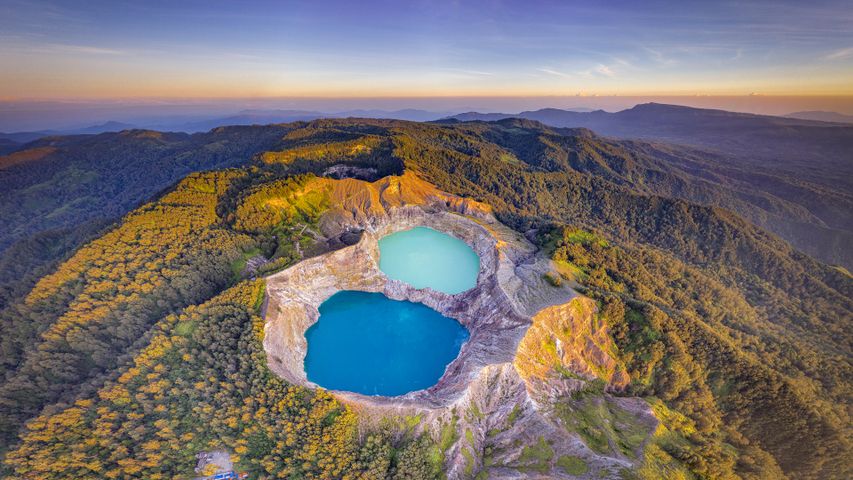


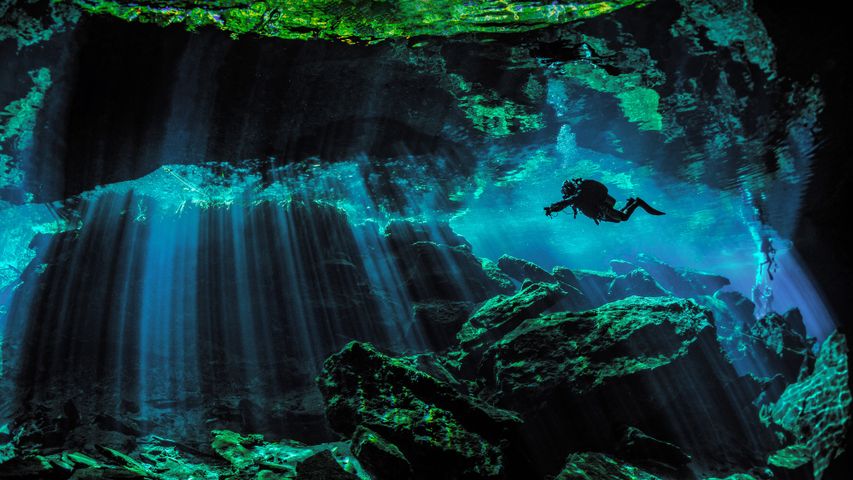
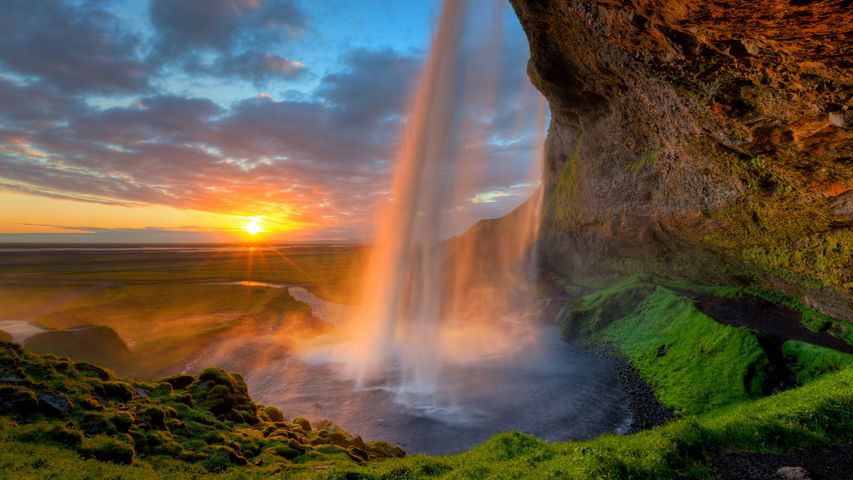 Seljalandsfoss waterfall at sunset, Iceland
Seljalandsfoss waterfall at sunset, Iceland
 Little Pigeon River, Great Smoky Mountains National Park, Tennessee
Little Pigeon River, Great Smoky Mountains National Park, Tennessee
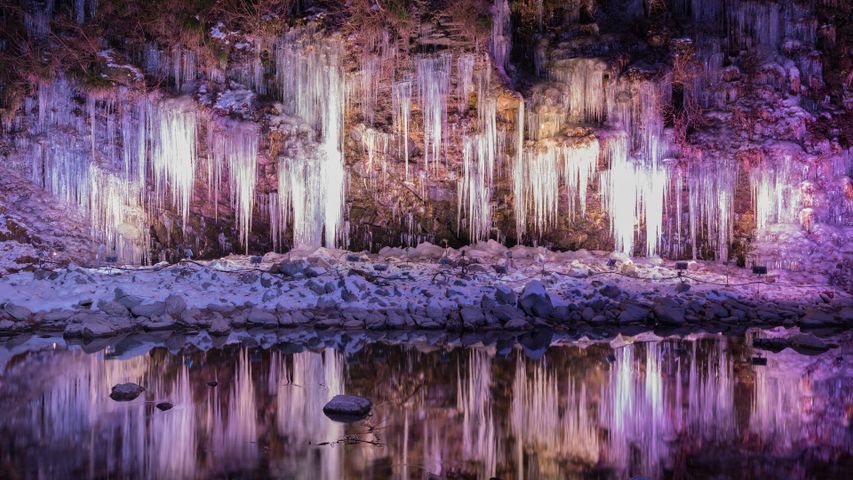 Icicles of Misotsuchi, Chichibu, Japan
Icicles of Misotsuchi, Chichibu, Japan
 Bản Giốc–Detian Falls on the Quây Sơn River, Vietnam
Bản Giốc–Detian Falls on the Quây Sơn River, Vietnam
 Vancouver Coastal Sea wolves in Great Bear Rainforest, British Columbia, Canada
Vancouver Coastal Sea wolves in Great Bear Rainforest, British Columbia, Canada
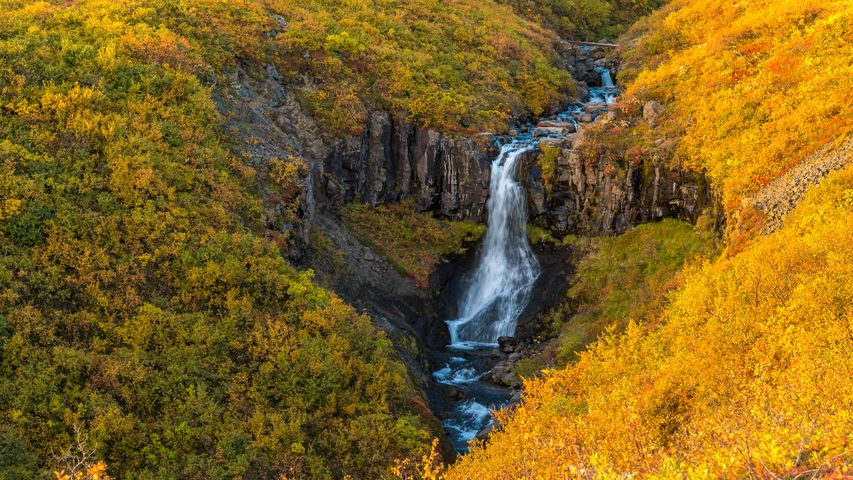 Waterfall in Skaftafell, Vatnajökull National Park, Iceland
Waterfall in Skaftafell, Vatnajökull National Park, Iceland
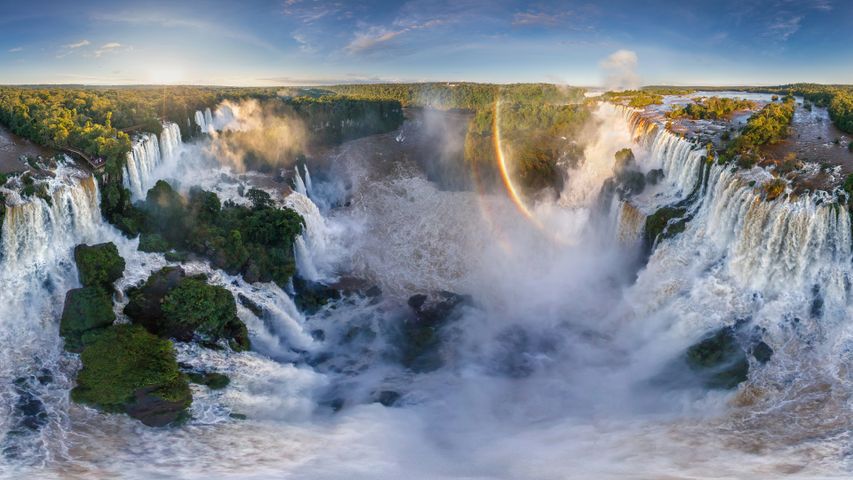 Iguazu Falls at the border of Argentina and Brazil
Iguazu Falls at the border of Argentina and Brazil
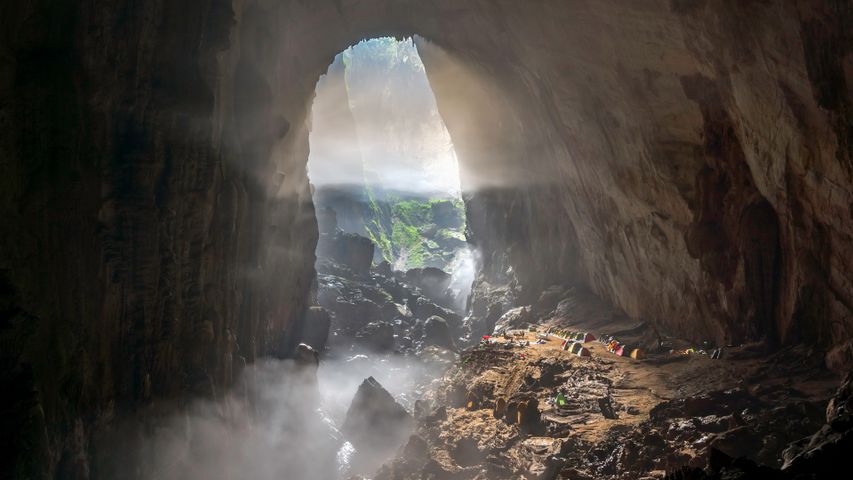 Hang Sơn Đoòng cave, Phong Nha-Kẻ Bàng National Park, Vietnam
Hang Sơn Đoòng cave, Phong Nha-Kẻ Bàng National Park, Vietnam

